Crafting the Ultimate Bar Food Menu
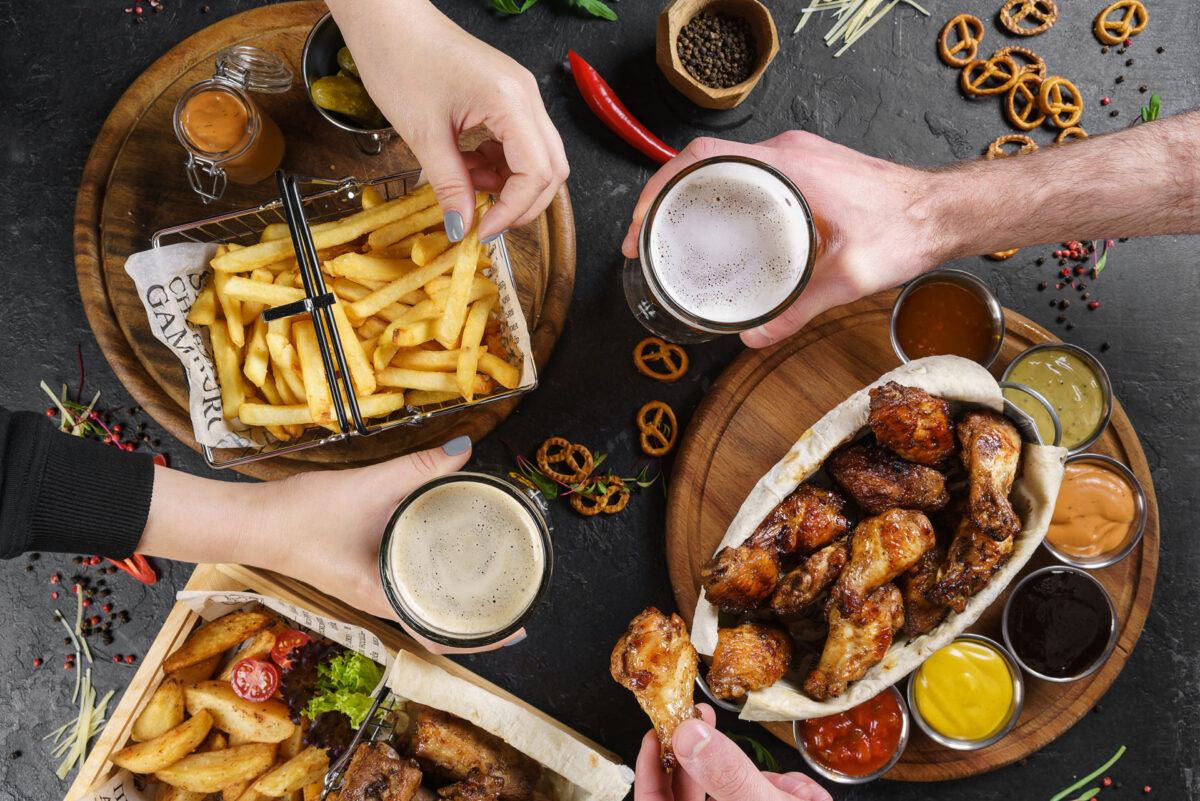
Creating a bar food menu is more than just listing items; it’s about understanding the tastes and preferences of your customers. For example, young professionals may want quick and flavorful bites, while food enthusiasts might seek something more refined. By considering factors like age and lifestyle, you can craft a menu that truly resonates with your patrons. Paying attention to their expectations and dining habits allows you to design a menu that feels vibrant and appealing, making your bar a go-to destination for good food and fun. Here are our top 6 tips for creating the best bar food menu.
1. Balancing Classic Pub Favorites with Unique Offerings

The best bar food menus offer a balance, honoring the tradition of pub classics while also showcasing innovation. A pint of beer paired with a plate of sizzling hot chicken wings or cheese-loaded nachos delivers comfort and satisfaction.
Introducing new culinary creations requires a thoughtful approach. A smart strategy involves starting with one or two unique items to gauge customer interest. Customer favorites can integrate familiar ingredients but with a twist, such as spicy Korean-style chicken wings or nachos topped with exotic cheeses and fresh pico de gallo.
Combining the reliability of classic pub fare with the excitement of inventive recipes can result in a compelling menu. For example, a burger can be transformed through the use of gourmet toppings or by opting for alternative proteins like bison or plant-based ingredients. Similarly, a traditional shepherd’s pie could feature unexpected spices or locally sourced vegetables to elevate the dish.
Guests often gravitate towards dishes that offer a story or an experience. By crafting a narrative around the unique offerings—such as highlighting the origin of certain ingredients or the inspiration behind a recipe—patrons become part of an engaging culinary journey.
By updating classics and weaving in unique offerings, you create a destination that excites the palate and provides guests with memorable dining experiences. Your menu becomes not just a list of food items but a testament to your establishment’s commitment to creativity and quality.
2. Sourcing Quality Ingredients for Your Dishes
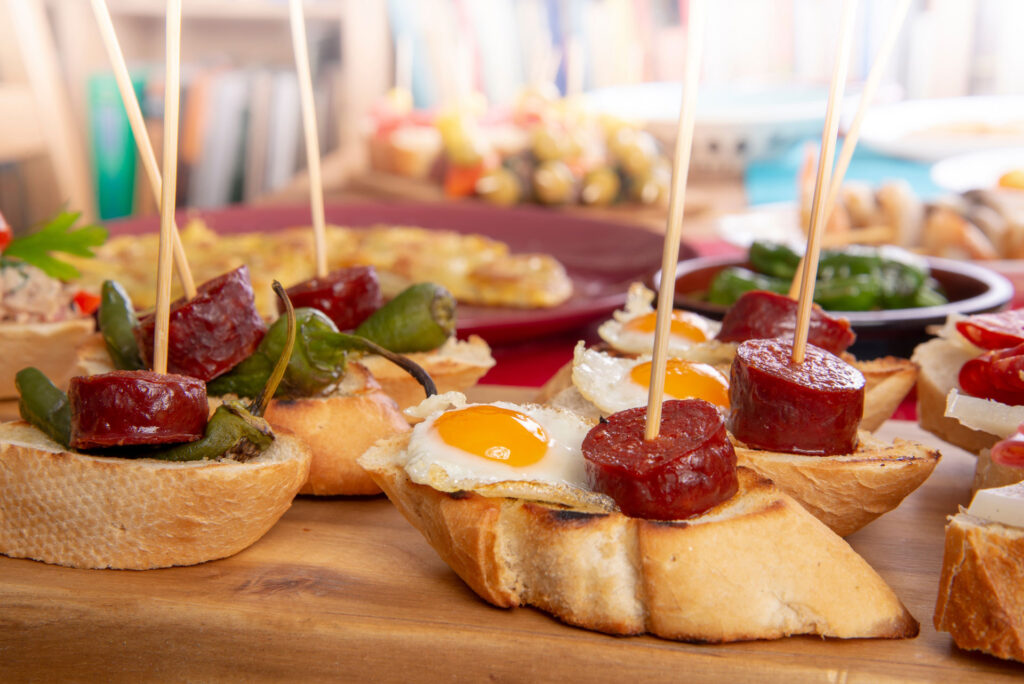
Building lasting partnerships with suppliers ensures a consistent supply of fresh ingredients. Fresh, high-quality ingredients can transform a simple dish into an exceptional experience. For example, a garden-fresh salad made with crisp, locally sourced vegetables or a cheese platter featuring artisanal selections can really set your bar’s food offerings apart.
To make the most of these fresh ingredients, investing in quality food prep kitchen equipment is essential. Tools like sharp knives, high-quality cutting boards, and efficient food processors allow chefs to handle ingredients properly, preserving their freshness and flavor. For instance, a reliable food processor can quickly chop herbs or vegetables, ensuring they retain their vibrant taste and nutritional value. This efficiency not only enhances the quality of your dishes but also streamlines kitchen operations, leading to faster service.
Quality ingredients elevate the overall taste and aesthetic of your dishes, which can lead to greater customer satisfaction and retention. While this approach might seem costly initially, customer loyalty and the ability to charge a premium for superior taste can offset these expenses.
Ultimately, the goal is to find a balance between cost and quality that contributes to consistent profitability. This might involve negotiating prices with suppliers or sourcing ingredients in bulk. Remember, the perceived value of your dishes increases with the quality of ingredients and the efficiency of your food prep equipment, allowing for a menu pricing strategy that maximizes profit margins without compromising on taste.
3. Seasonal and Rotating Menu Items: A Fresh Approach
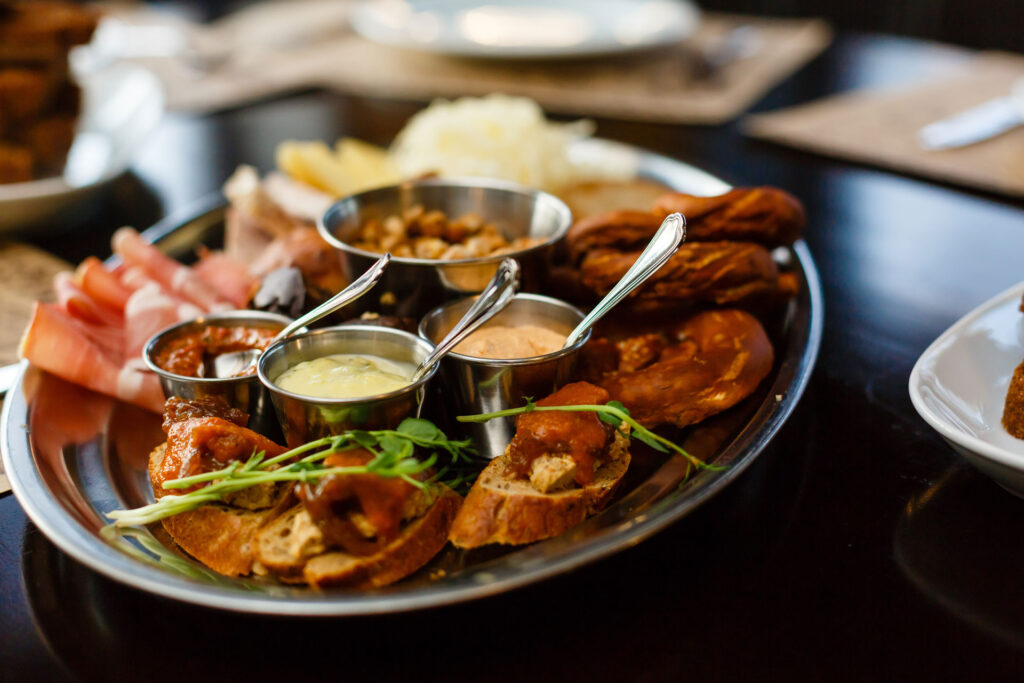
Designing a bar menu isn’t just about listing available dishes; integrating seasonal and rotating menu items transforms the dining experience. Seasonal ingredients are often fresher and can offer richer flavors, leading to exceptional dishes that draw diners in.
Rotating menu items regularly piques customer interest. These changes give regulars a reason to return, eager to try the latest creations. Fresh menu offerings can also become a talking point, producing word-of-mouth recommendations.
- Rotating items keep the menu dynamic and relevant, aligning with seasonal availability of produce. This ensures ingredients are at their peak, both in flavor and nutritional value.
- By introducing new tastes and specials, you stimulate customer curiosity and engagement. Patrons are prompted to visit more frequently in anticipation of new menu items.
- When a menu reflects the current season, it effortlessly pairs with local events or holidays. For example, a fall menu might feature hearty stews during a local harvest festival, enhancing the communal vibe.
In essence, seasonality drives menu diversity while securing a reputation for quality and freshness. Indeed, tailoring a menu around the seasons garners appreciation from customers seeking a gastro adventure aligned with the calendar.
4. Mastering the Art of Drink Pairings on Your Bar Food Menu
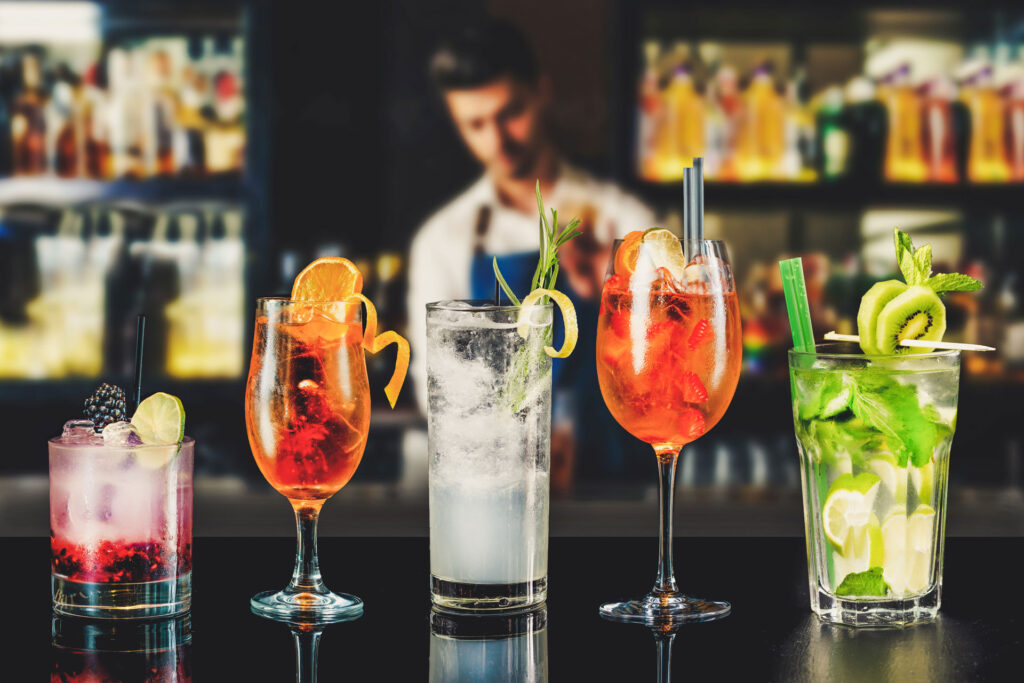
Matching drinks with menu items is more than a skill—it transforms dining into an immersive experience. A refined drink pairing elevates both the beverage and the dish, allowing complex flavors to emerge. Consider a robust red wine that brings out the smoky undertones of a grilled sirloin skewer, or a tart, citrus-infused cocktail that cuts through the richness of creamy cheese croquettes. Pairings such as these not only offer a burst of flavor but also invite patrons to explore culinary boundaries.
Begin by considering the flavor profiles of your appetizers. A savory mini quiche Lorraine might pair well with the crisp effervescence of a blonde ale, while a sour lemon-brined chicken wing can be balanced by the subtle sweetness of a Riesling. The goal is to create harmony on the palate, allowing the drink to accentuate the food’s best features.
Including pairing recommendations directly on the menu can serve as a guide for customers, especially those who might be unfamiliar with the concept. By suggesting that a spicy tuna tartare is best enjoyed with a smooth, creamy stout, the menu becomes a tool for discovery. These thoughtful pairings encourage diners to branch out from their typical choices and trust the expertise of the establishment.
To incentivize customers to try new combinations, feature specially priced pairing options. For example, a flight of local craft beers accompanying a selection of artisan meats and cheeses can stir curiosity and lead to memorable dining experiences. Encouraging exploration, this approach can also foster a sense of adventure as guests become more engaged with your offerings.
Ultimately, drink pairings on your bar food menu are more than a mere suggestion—they’re an invitation to a journey of tastes and aromas. Crafting each pairing with intention ensures that every sip and bite is an encounter to be savored.
5. Creating Small Bites and Shareable Plates
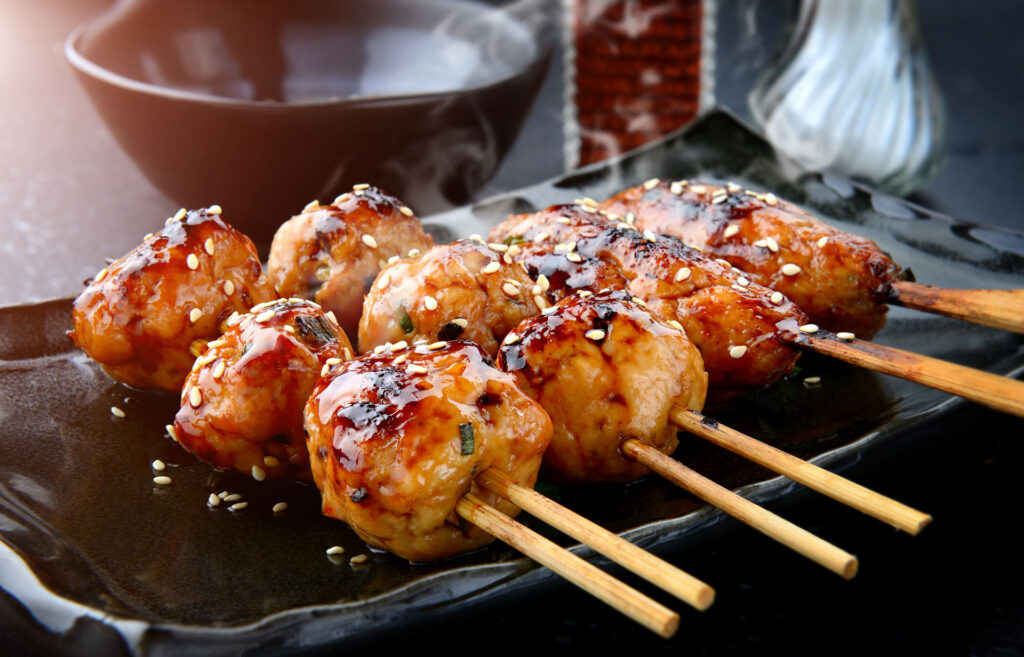
A well-conceived bar food menu invites patrons to indulge in a culinary adventure together. Small bites and shareable plates are perfect for fostering a social atmosphere, allowing guests the pleasure of sampling a variety of flavors in one sitting. When selecting items for this section of the menu, consideration of how each dish complements the overall experience is paramount.
A menu that caters to the social dynamics of a bar ensures that guests have a compelling reason to linger and engage with the food. By crafting a selection that is easy to share, bars set the stage for a communal dining experience. Such a menu can become the centerpiece of the table, promoting interaction and conversation among guests who sample different dishes.
Ideas for Shareable Plates
- Sliders offer a personalized take on the classic burger, allowing patrons to mix and match fillings and toppings.
- Sour cream-topped wedges sprinkled with fresh herbs and served piping hot can satisfy cravings for classic comfort food.
- Variety chicken skewers, marinated and grilled, enable guests to discover a range of flavors from spicy to tangy.
Each shareable item has the potential to be a catalyst for another round of orders, engaging the palate in a way that patrons are eager to explore further.
Dishes that can be eaten gradually over time naturally extend the duration of a guest’s visit. A selection of meticulously crafted small bites encourages repeated orders, as the low commitment of a small dish often steers patrons towards trying multiple offerings. The prolonged stay equates to increased sales for a bar, leveraging variety and taste exploration as a strategy for revenue growth.
6. The Right Tools and Equipment for the Best Bar Menu
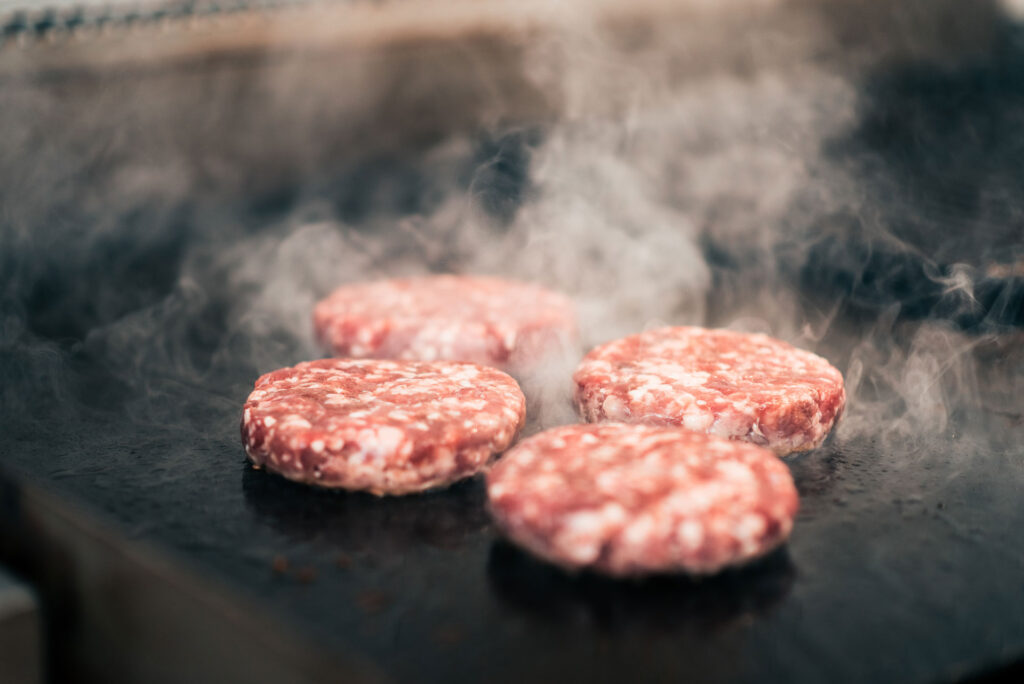
Having the right kitchen tools and equipment is crucial for executing a successful bar food menu. Quality equipment not only enhances the cooking process but also allows chefs to fully utilize fresh ingredients. For example, reliable fryers ensure that your wings and fries come out perfectly crispy, while sharp knives and cutting boards help in preparing fresh salads and artisanal cheese plates. Efficient cooking equipment streamlines kitchen operations, enabling faster service and consistent quality.
Investing in good prep tools—like food processors, mixers, and grills—can make a significant difference in how dishes are crafted. These tools help maintain the integrity of fresh ingredients, allowing flavors to shine through. When your kitchen runs smoothly, it reflects positively on your menu, leading to a better dining experience for your guests.
Crafting a successful bar food menu involves blending classic dishes with innovative flavors, using quality ingredients and equipment, and encouraging social dining experiences. By staying responsive to customer preferences and seasonal trends, you can create a dynamic menu that keeps guests excited about visiting your bar. Every dish should tell a story, making each dining experience memorable and enjoyable for everyone.
